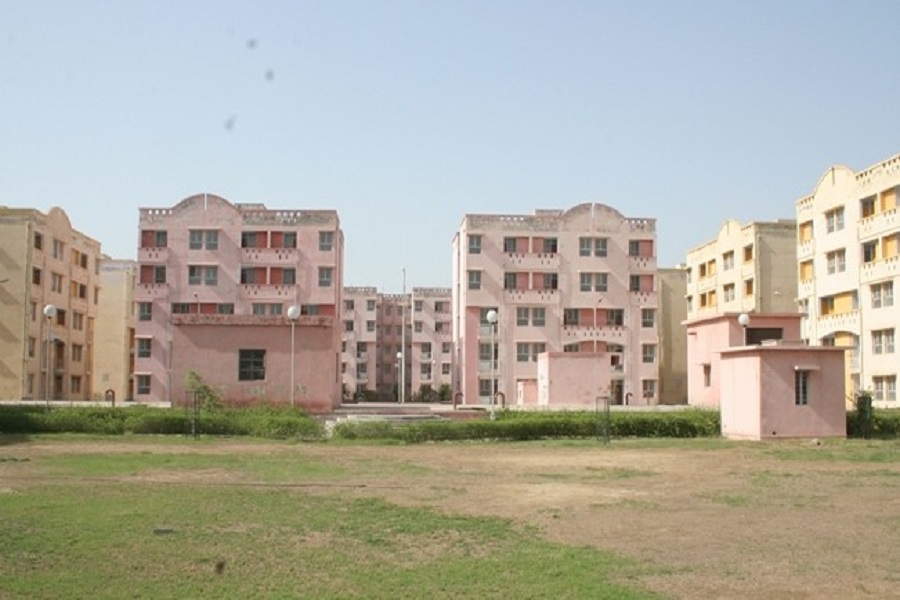
NITI Aayog on Thursday released a comprehensive report on the crucial role of secure, affordable, flexible, and efficient (S.A.F.E.) accommodations for industrial workers in boosting India’s manufacturing sector.
India is poised to elevate its manufacturing sector’s contribution to GDP from the current 17 per cent to 25 per cent as part of its long-term vision of achieving Viksit Bharat by 2047. This ambitious goal is aligned with the country’s objectives of becoming a global manufacturing hub under flagship initiatives such as Make in India and Atmanirbhar Bharat. Realising this vision demands a robust workforce strategy, including sufficient, proximate, and affordable housing for industrial workers, the report states.
Providing S.A.F.E. accommodations for industrial workers is essential to addressing challenges associated with workforce housing, it notes,
The report highlights that proximate and well-designed housing improves workers’ quality of life, reduces commute times, and enhances overall productivity. This leads to lower attrition rates and recruitment costs, ensuring a stable and skilled workforce for factories.
To address regulatory challenges, the report recommends that S.A.F.E. accommodations should be designated as a distinct category of residential housing for various tax concessions such as GST exemptions for accommodations meeting specified criteria (e.g., Rs 20,000 per person per month for a continuous stay of 90 days).
Environmental clearances can be streamlined by including S.A.F.E. accommodations under the exemptions provided for industrial sheds, schools, colleges, and hostels in the draft notification issued by the Ministry of Environment, Forest, and Climate Change.
There is also a need to promote gender-inclusive policies to encourage the development of accommodations suitable for workers, addressing their specific safety and welfare needs.
Besides, zoning regulations should be amended to allow mixed-use developments near industrial hubs, facilitating worker housing close to workplaces.
To overcome financial barriers, the report suggests Viability Gap Funding (VGF) to provide up to 30 to 40 per cent of project costs (excluding land). This includes 20 per cent from the Department of Economic Affairs (DEA) and 10 per cent from the sponsoring nodal ministry, with additional contributions from state governments.
The report also favours amendment in the VGF scheme to include affordable rental housing as an eligible sector.
It underscores the need to implement transparent bidding processes to determine VGF support, ensuring efficiency and cost-effectiveness.
The report also recommends leveraging VGF to upgrade brownfield worker accommodations, enhancing their safety, capacity, and utility.
The report highlights that in the Union Budget 2024-25, Finance Minister Nirmala Sitharaman emphasized the importance of rental housing with dormitory-style accommodations for industrial workers. This initiative, to be executed under a Public-Private Partnership (PPP) model with Viability Gap Funding (VGF) support and commitments from anchor industries, underscores the government’s commitment to addressing a critical component of India’s manufacturing ecosystem.
"The provision of S.A.F.E. accommodations is not merely a welfare initiative but a strategic imperative for India’s economic growth. It addresses critical challenges in workforce retention, productivity, and global competitiveness, while fostering sustainable urban development," the report states.
By implementing the recommendations outlined in this report, India can create a robust ecosystem for industrial worker housing, enabling the manufacturing sector to thrive and contributing significantly to the nation’s Viksit Bharat vision. It is now imperative for all stakeholders – government, industry, and private developers – to collaborate and take decisive action to make S.A.F.E. accommodations a reality, the report adds.
